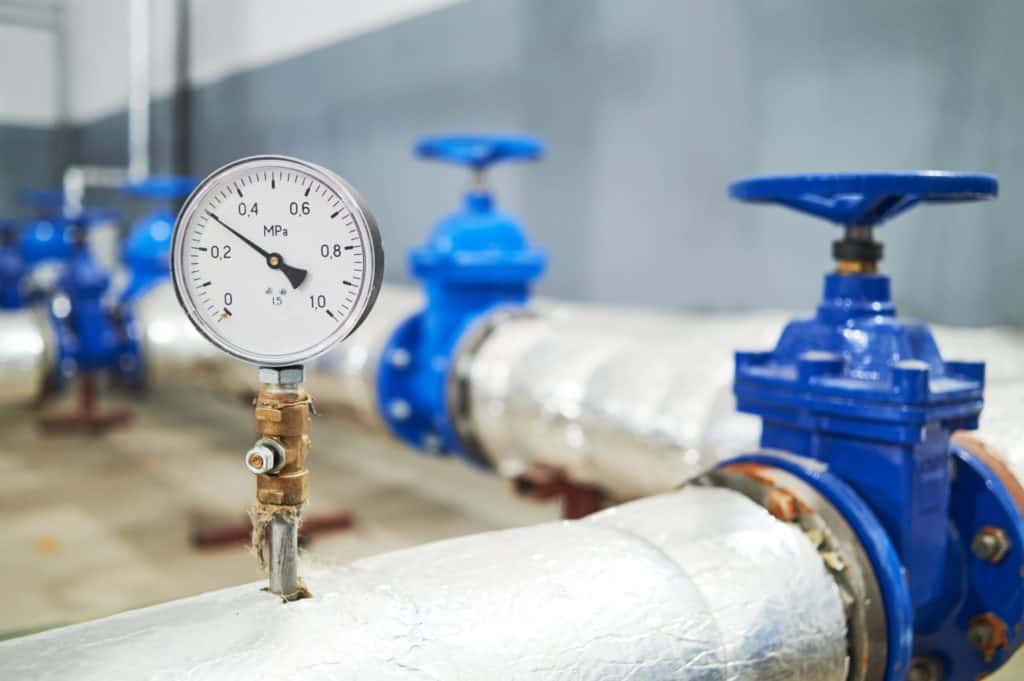If your pump system is prone to sudden surges of process fluids, it presents a real problem. First, it makes it difficult to control flow rate and achieve desired pump performance. Second, it can ultimately do significant damage to your system that will be costly to repair and lead to unwanted downtime.
Having the right valve configuration is one way to prevent surging. Our team at Cortech Engineering has a few tips to help you reduce your pump repair costs. Let’s look at how the proper valve can make all the difference.
1. Understanding the Surges
The first step when analyzing surges is to examine their timing and underlying causes. Are they happening when a pump starts or stops, or do they arise while the pump is operating? Does a surge only happen when the flow is suddenly shut off? Is it a matter of power loss? Once the conditions that cause a surge are understood, a solution can be found.
2. Understanding Your System
Beyond just monitoring when surges occur, it pays to know your pump system. Every component and operating parameter of the system may play a role in surges. Such factors as system static pressure, pipe material, length of the pipeline, pipe diameter and topography will all be important in the analysis.
3. Using a Surge-Anticipating Valve
If your system has a static pressure that is higher than 92 feet, you will want to consider a surge-anticipating relief valve as a solution. These specialty valves are sized to operate on momentary condition “M” at 45 feet per second (ft/s) when the valve is wide open. Designed to work at 25 percent of the maximum flow rate of your header or main pipe, surge-anticipating valves open as the header pressure decreases below the lower pilot setting. This releases a transient through an open valve, which is hydraulically operated and requires no electrical power.
4. Multiple Valves for Multiple Pumps
If you have multiple pumps operating at the same time for maximum header flow rate, finding the right valve strategy will require a good understanding of how the separate pumps interact. Each valve must be configured for each pump to make sure the entire system is working in unison, with minimal risk of surging.
5. Completing a Surge Analysis
Having a complete surge analysis performed is a great idea. The analysis should be performed by an engineering company rather than a valve supplier. This will ensure the system is operating properly and the correct surge-anticipating relief valves are selected and installed. A properly conducted surge analysis results in better system performance, less downtime, and lower repair costs.
For more help with a surge analysis or other challenges facing your pump system, contact Cortech today. We have the expertise and experience to help with all pump issues, whether you are buying a new pump, maintaining an old system, or looking to upgrade performance with aftermarket alterations.

